Animalia

Longhorn Beetle
Monochamus scutellatus

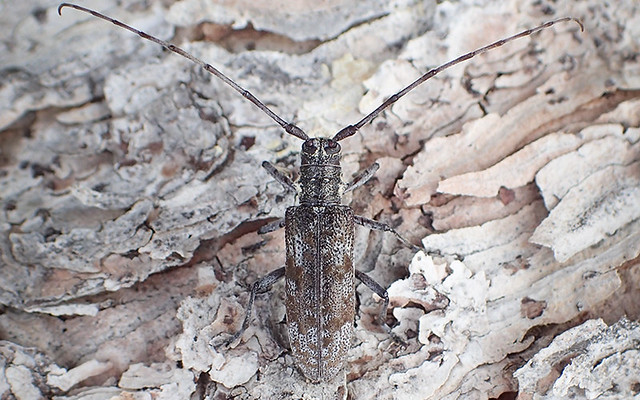
4 POINTS
Fact: This beetle is found in postfire areas because its larvae eat dead wood, which in turn helps return nutrients to the soil.

Canadian Swallowtail
Papilio canadensis

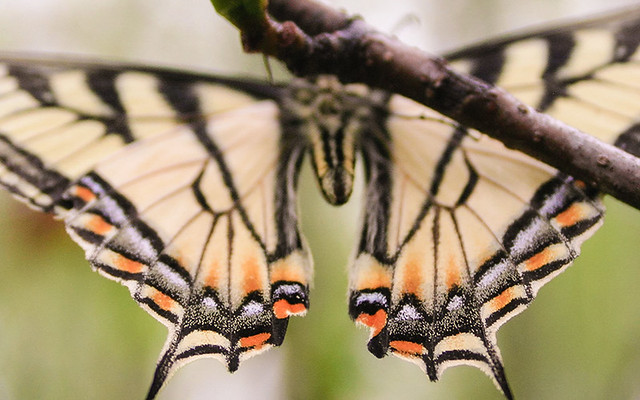
4 POINTS
Fact: Swallowtails are often seen in groups at mud puddles-these are males “puddling” to collect salts necessary for reproduction.

Allosaurus
Allosaurus

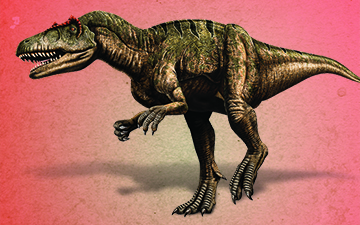
8 POINTS
Play: Allosaurus had a MOVE of 2.
Fact: With powerful arms with large hands and claws to attack prey, it could strip flesh from the bone with a tugging motion that is similar to modern falcons.

Apatosaurus
Apatosaurus

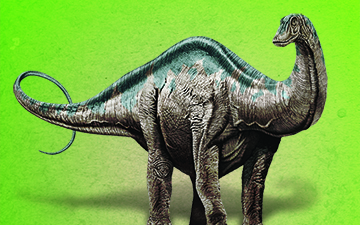
4 POINTS
Play: Apatosaurus had a MOVE of 2.
Fact: This dinosaur couldn’t chew, and had to swallow all of its plant food whole, feeding on ferns and conifer branches. It is/was also one of the largest animals ever to walk the Earth.

Angustinaripterus
Angustinaripterus


7 POINTS
Play: Angustinaripterus had a FLIGHT of 2.
Fact: This pterosaur had an unusual long snout studded with about two dozen forward-curving teeth. It may have fed on fish.

Stegosaurus
Stegosaurus

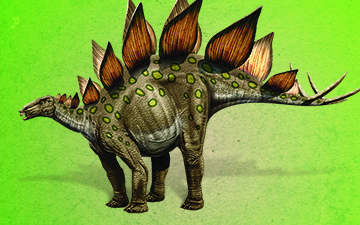
4 POINTS
Play: Stegosaurus had a MOVE of 2.
Fact: When threatened, Stegosaurus would turn its head back to look over its shoulder: this way to better aim the swing of its dangerous tail.